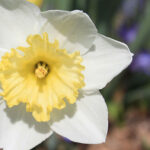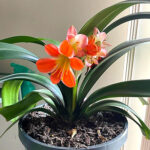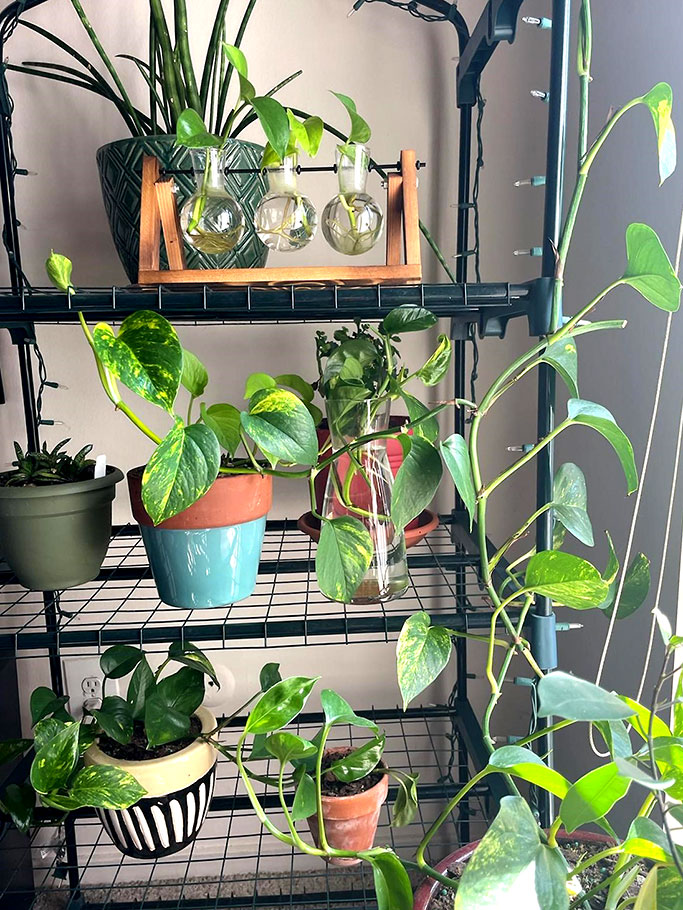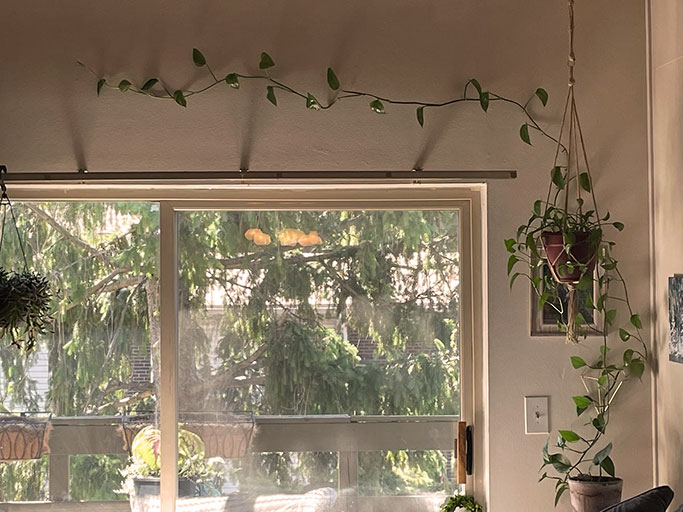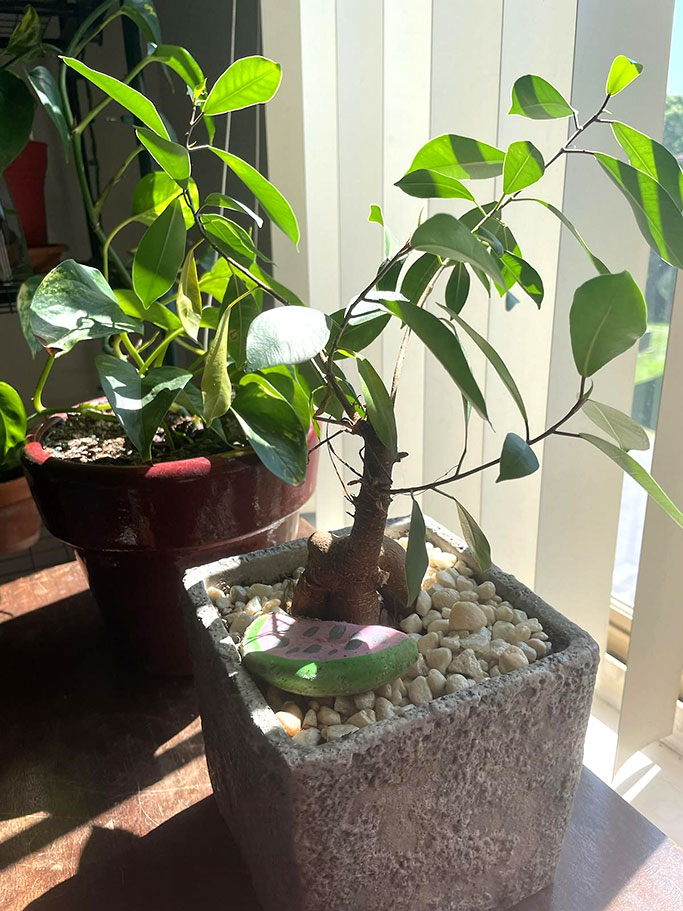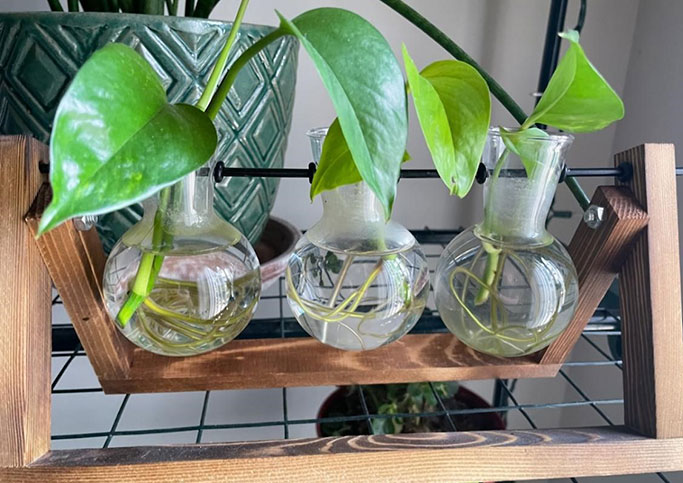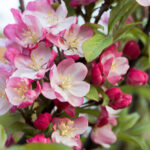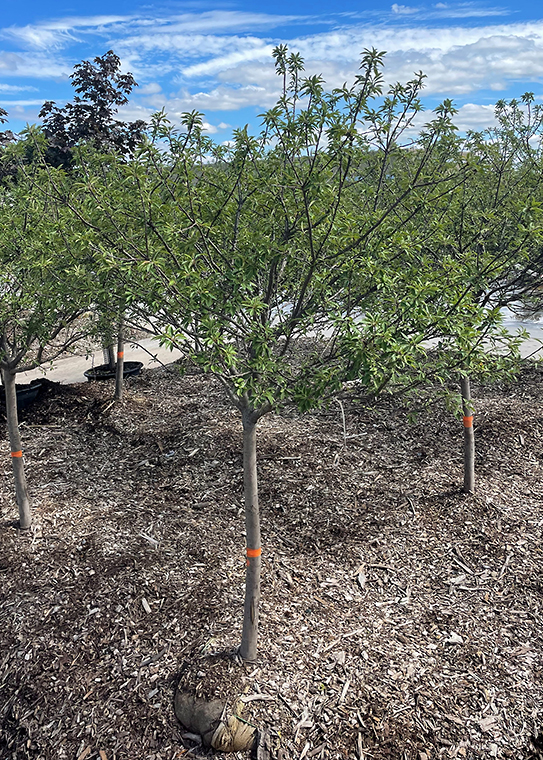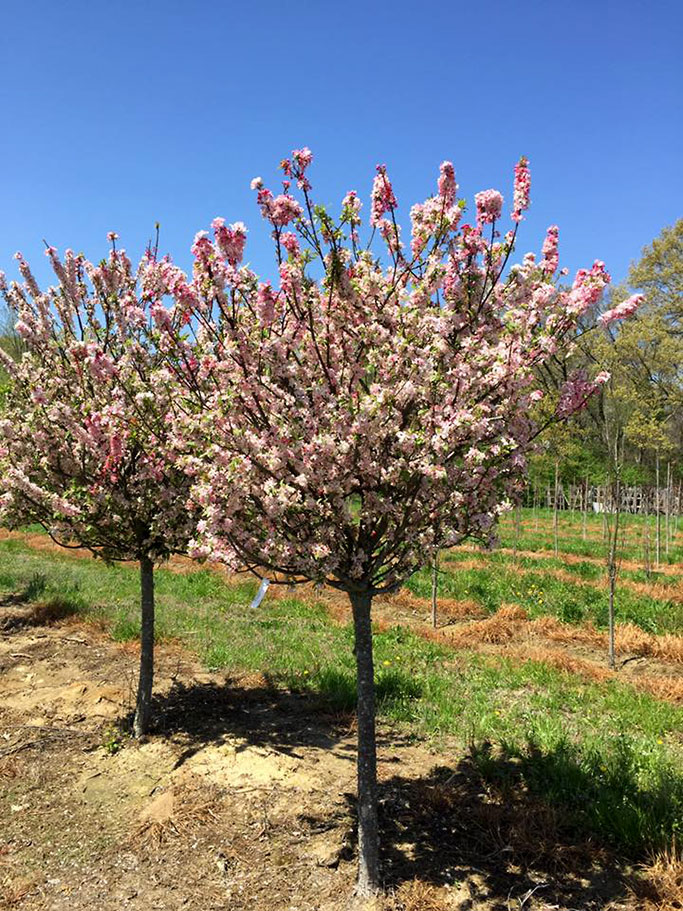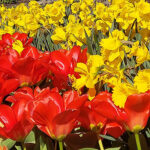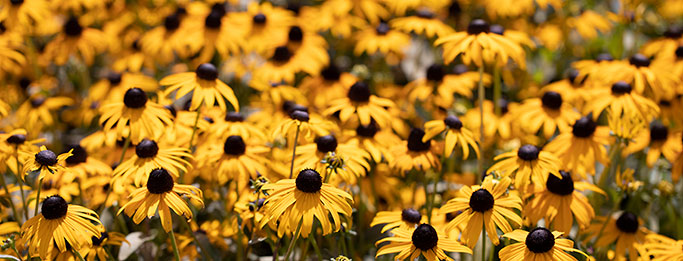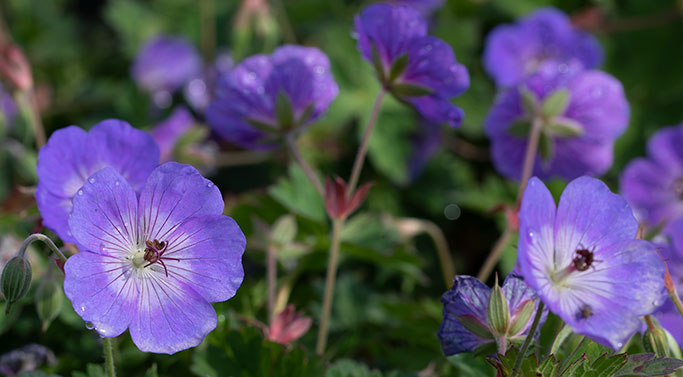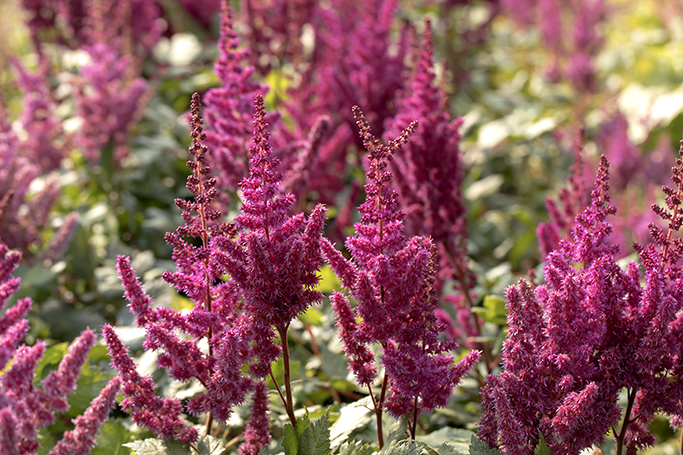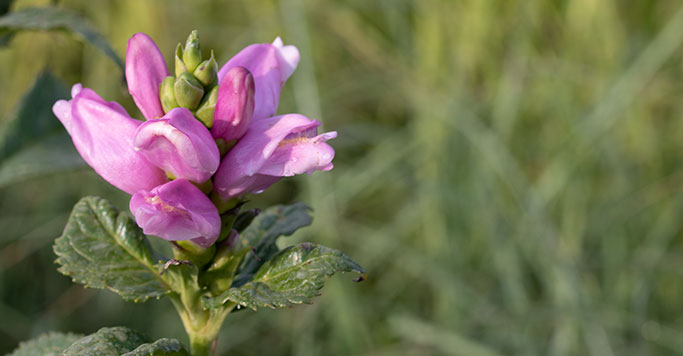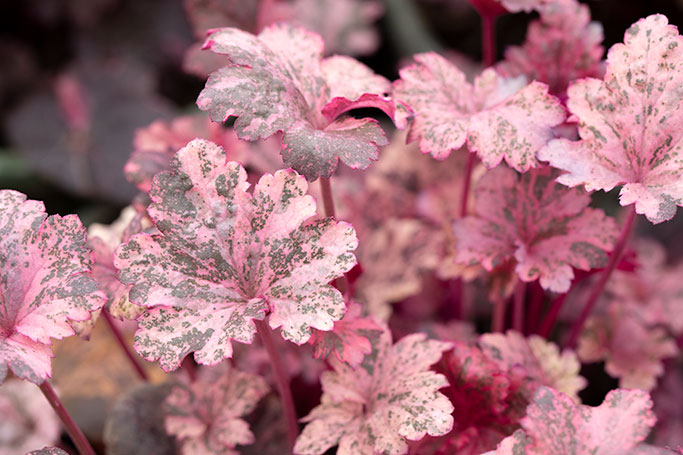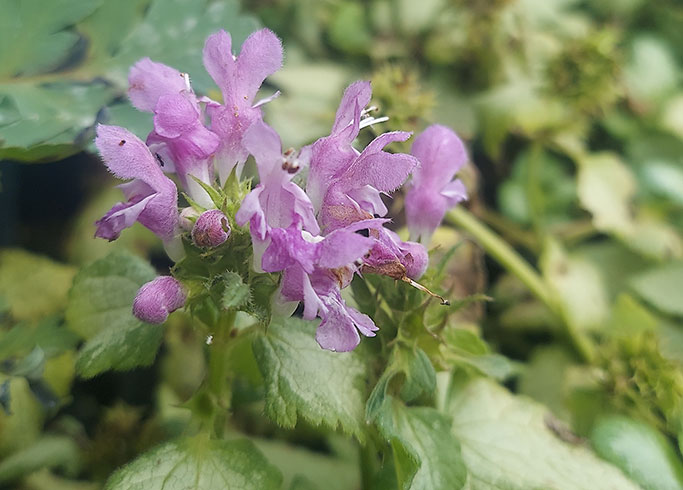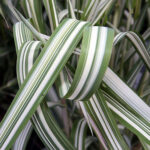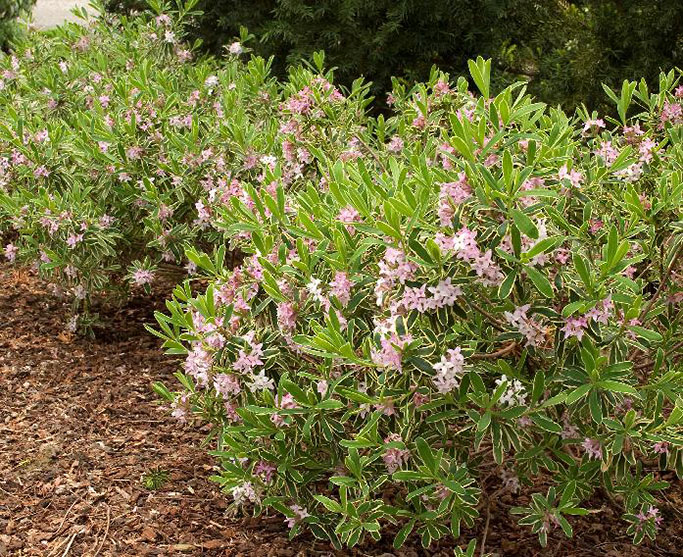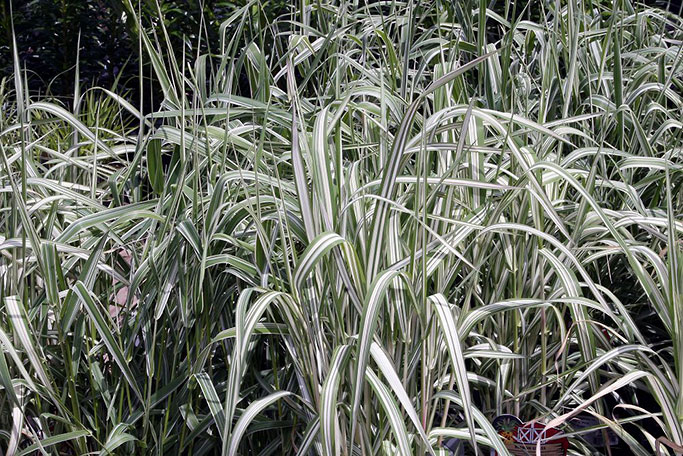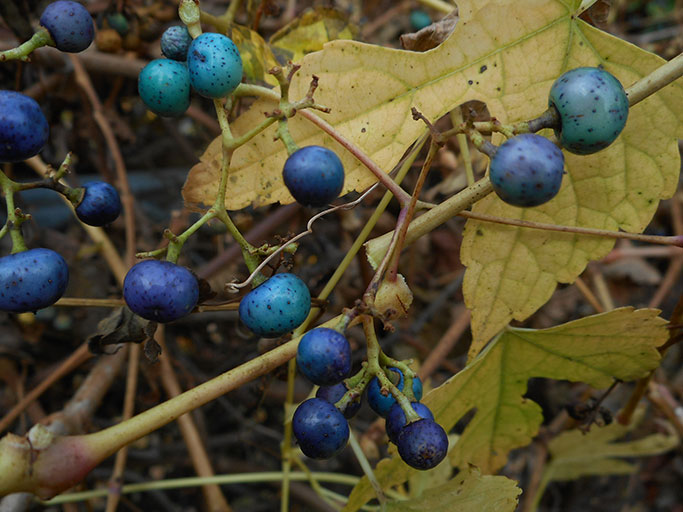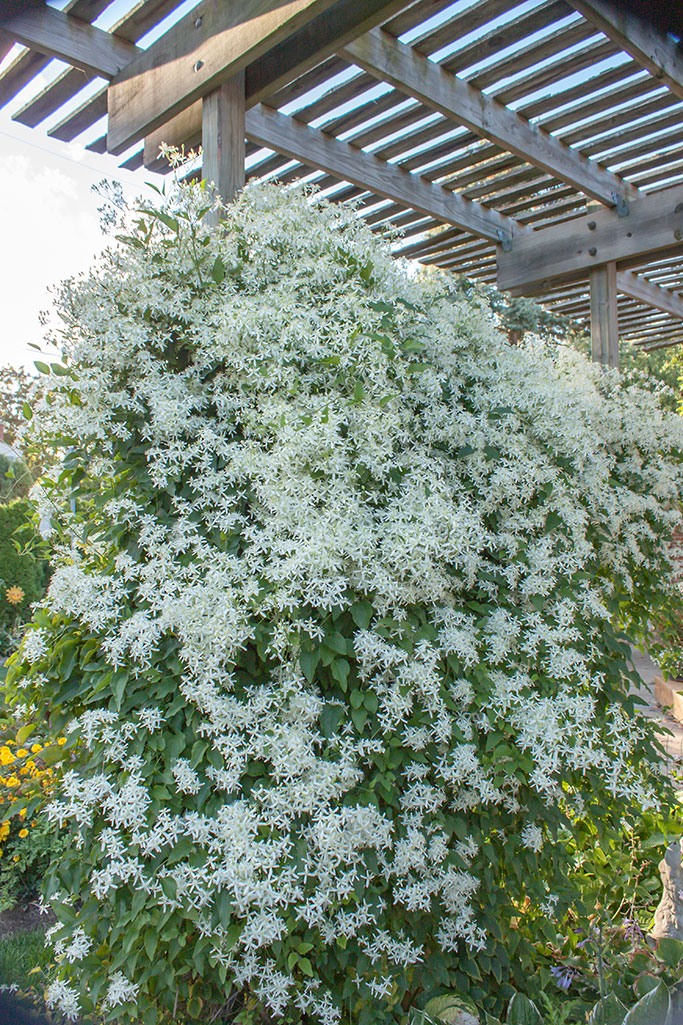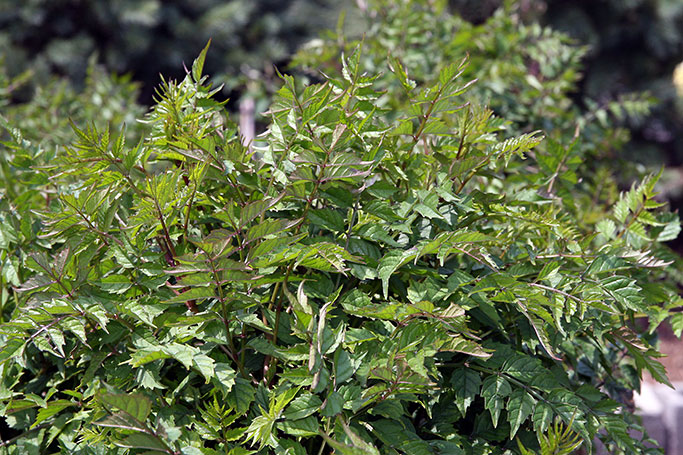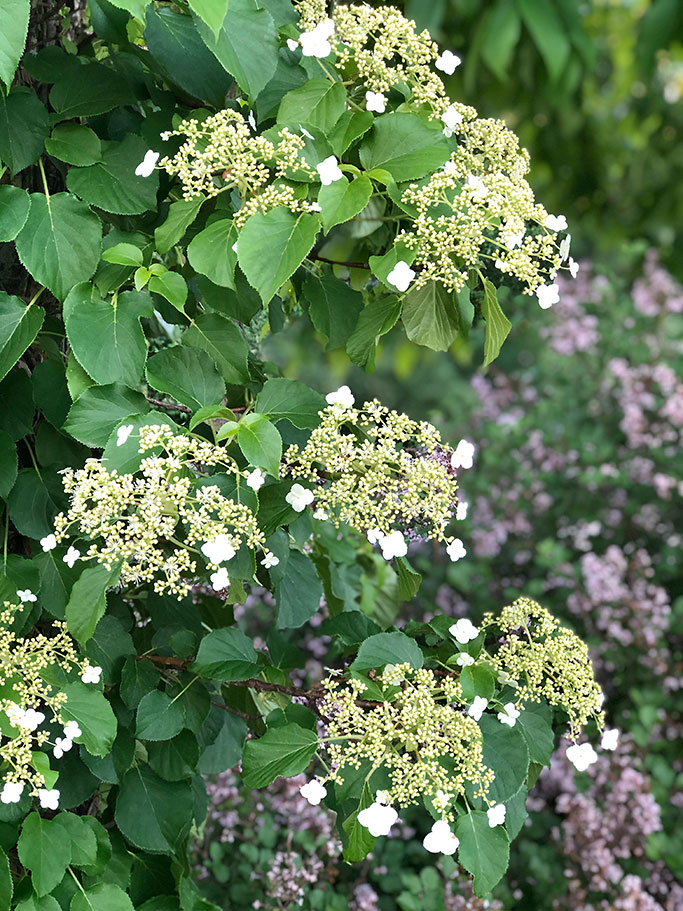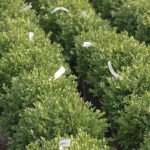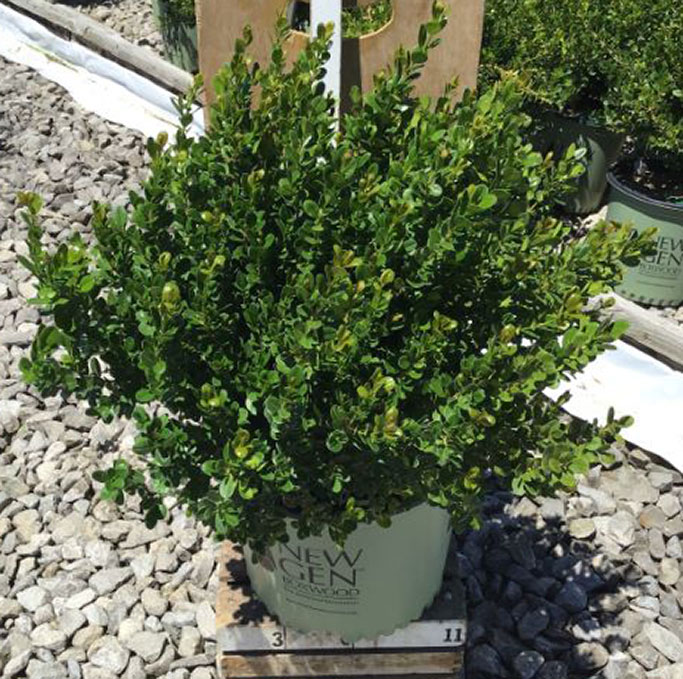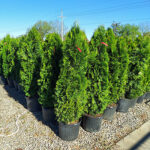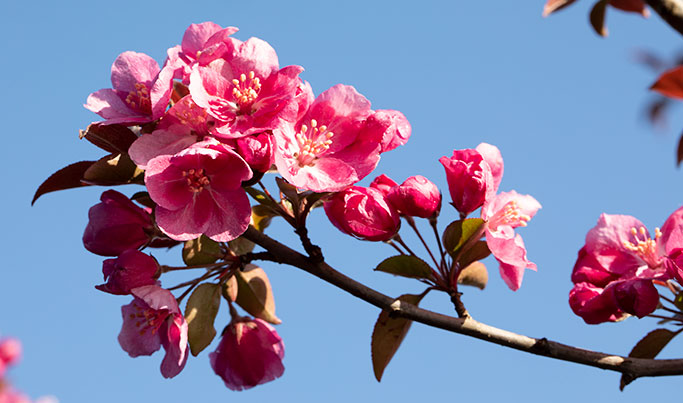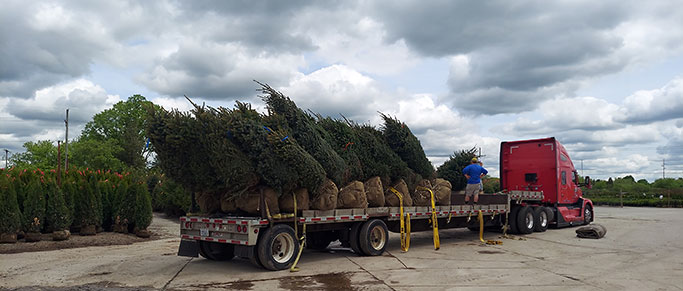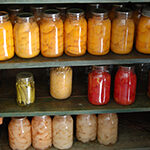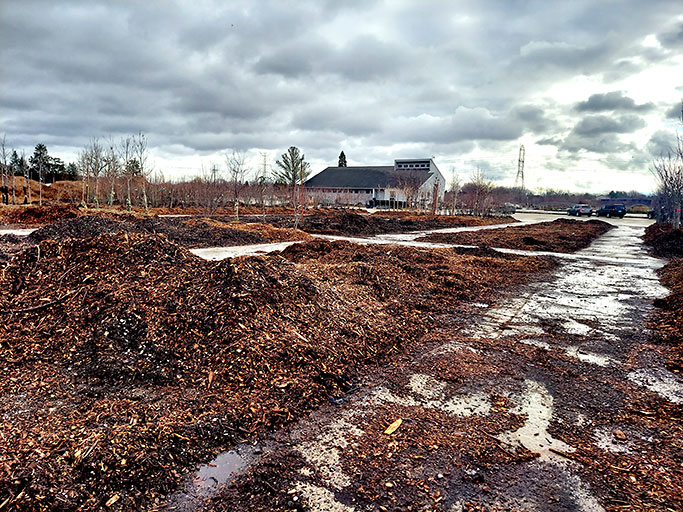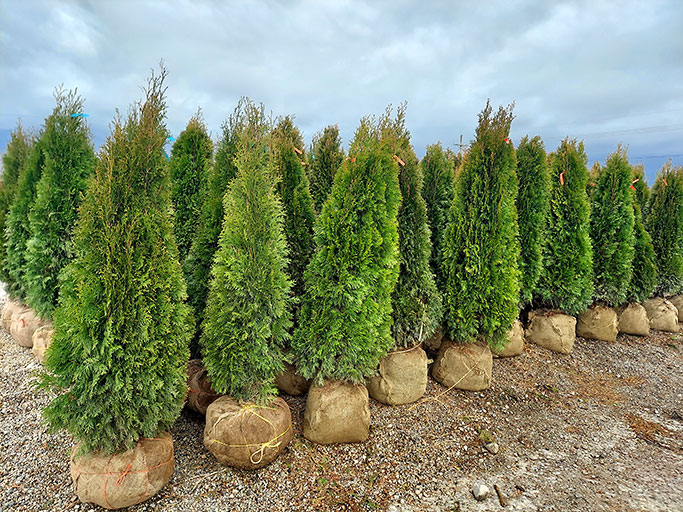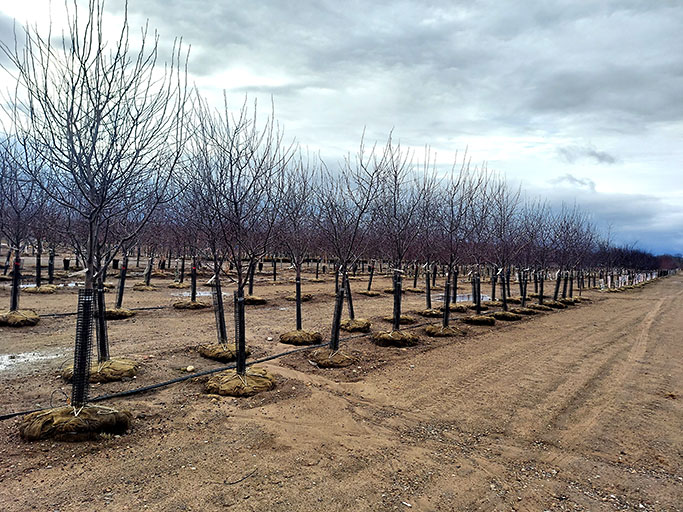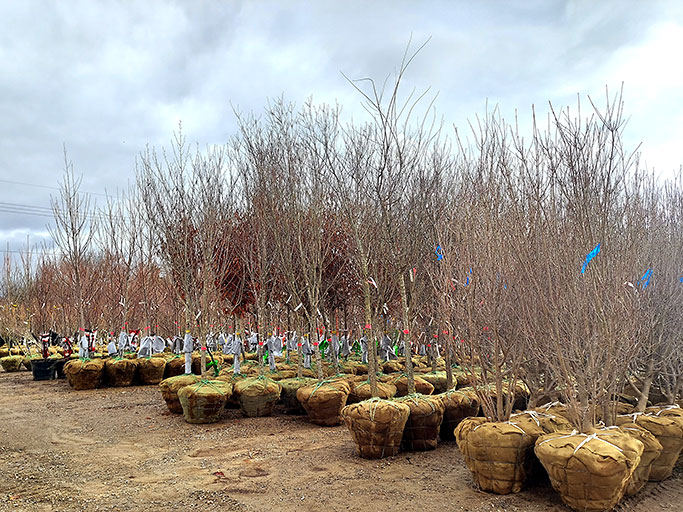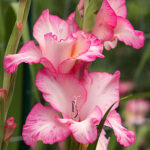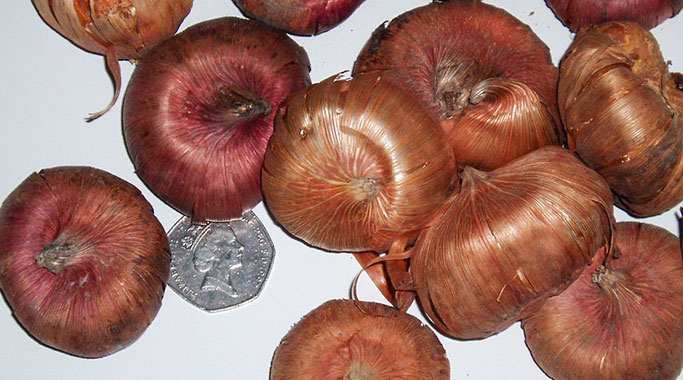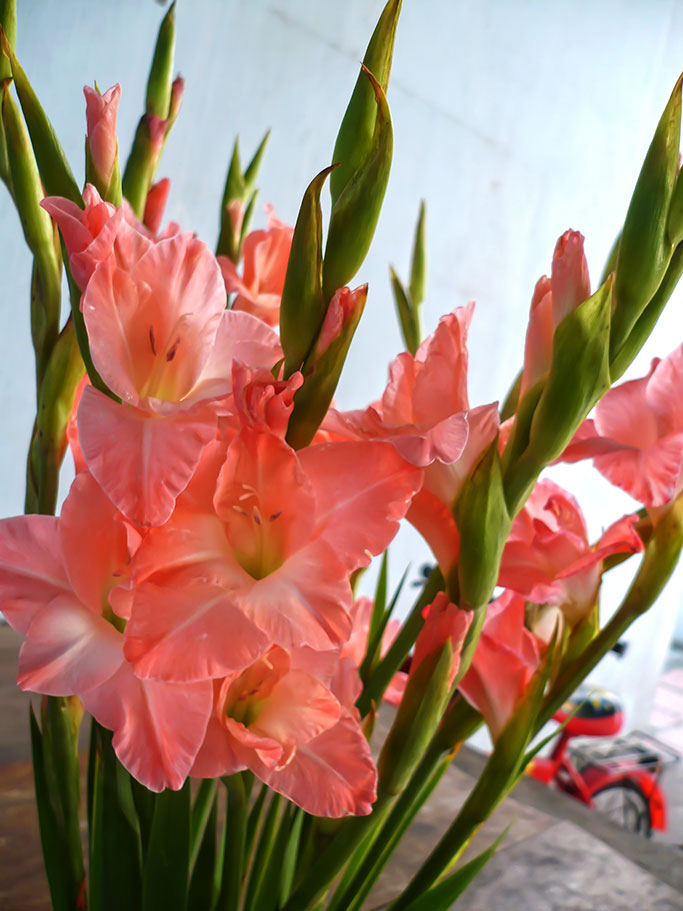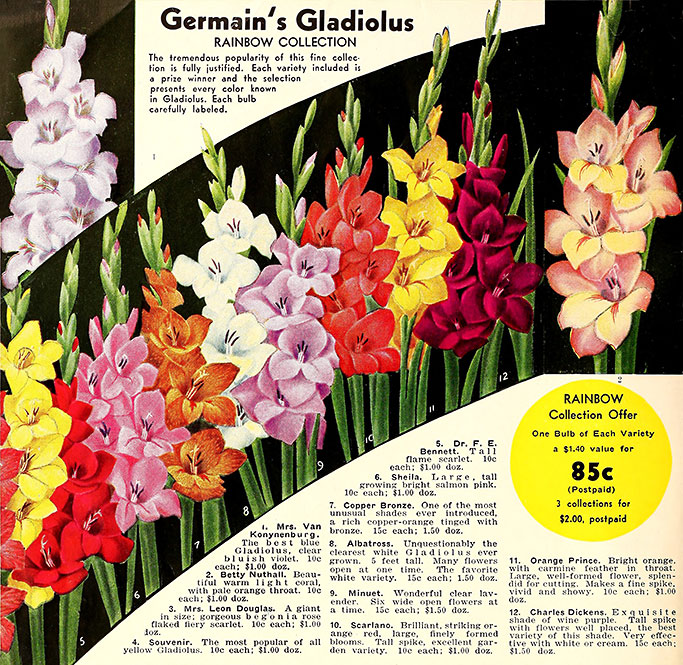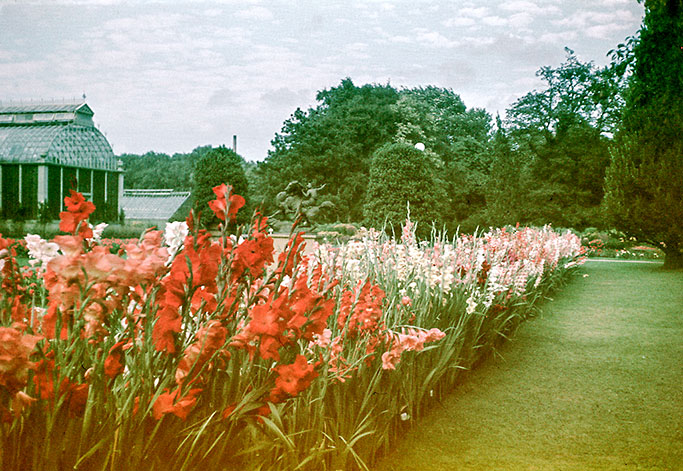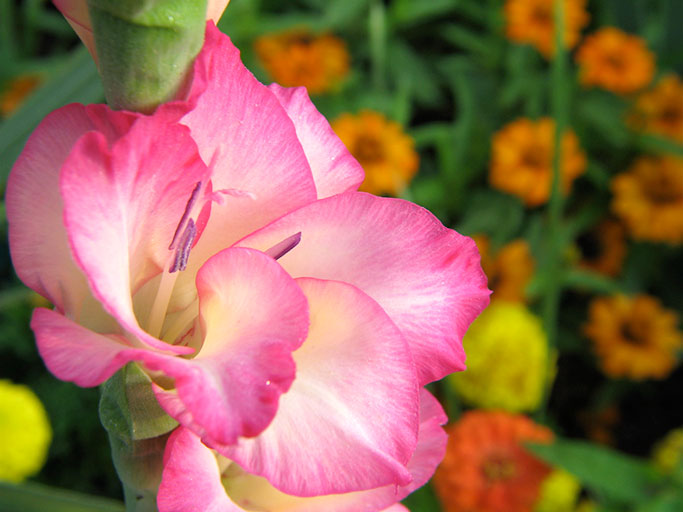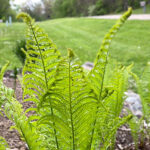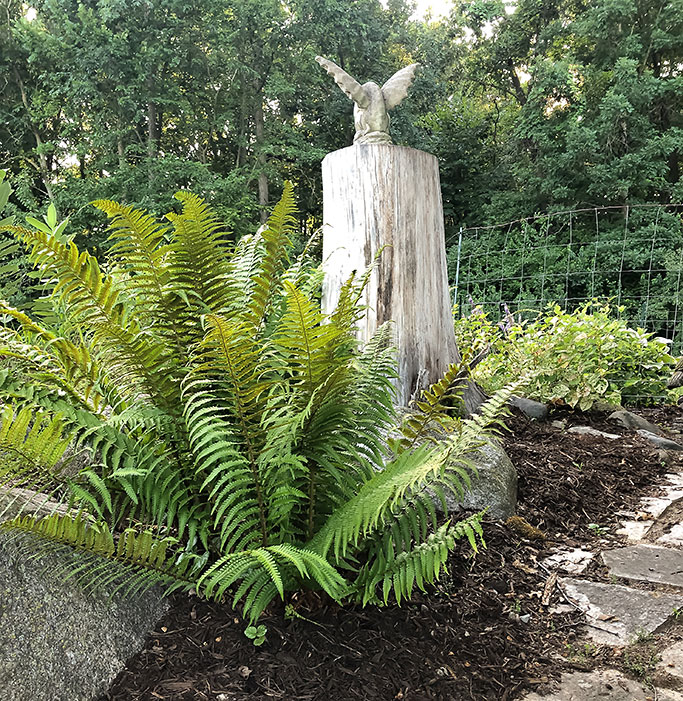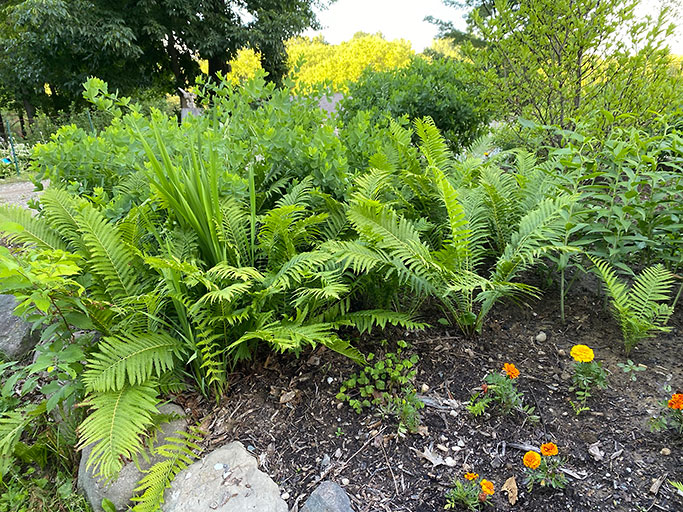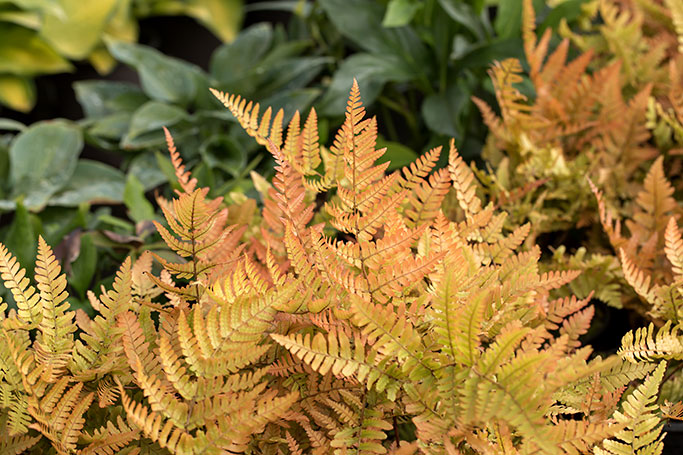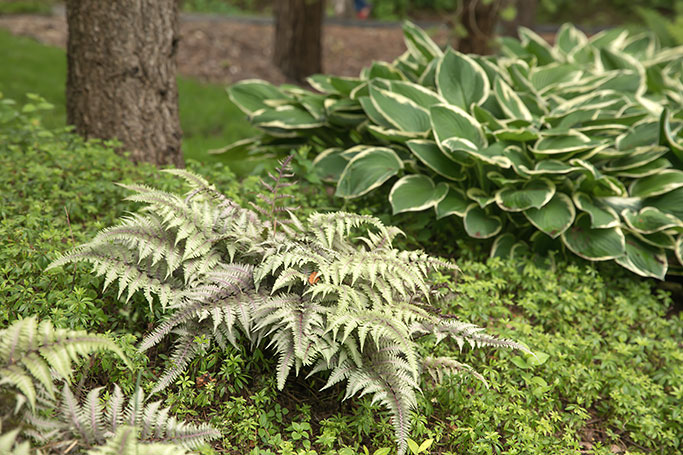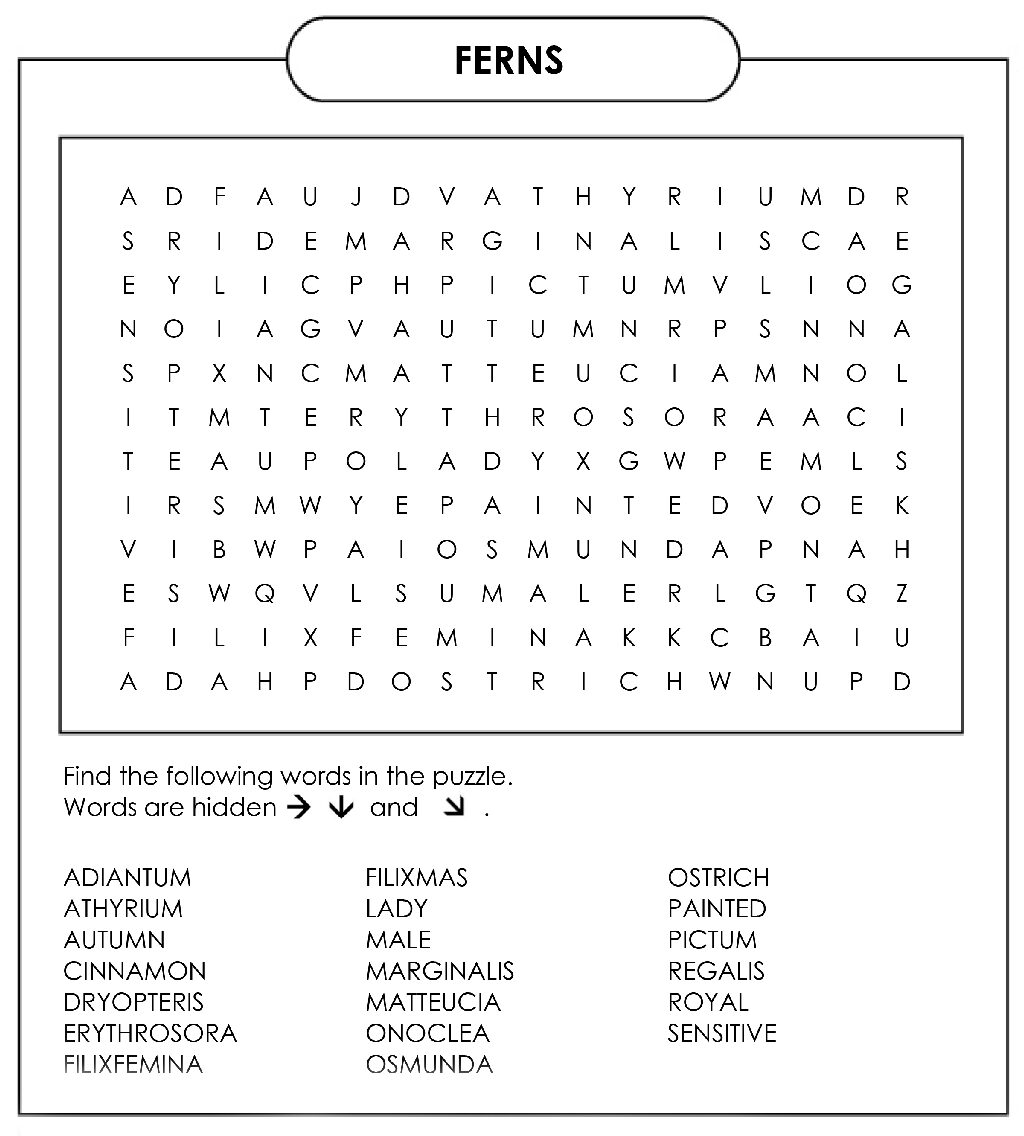I like to call this time of year ‘the season of anticipation.’ Over the years, as I’ve developed my patience, I have come to enjoy the sweet ache of waiting. My son, on the other hand, is in anguish waiting for each holiday to arrive, starting with Halloween. And after each one is over in the blink of an eye, he’ll be in anguish until the next one arrives.
Of course, I have been trying to teach him the value of waiting. We've defined "patience" as "waiting with a good attitude" in our family. If you ask him what patience is, he'll use that exact quote with an eye-roll and sing-song voice... which is sort of the opposite of the definition.

In true childhood fashion, the lesson didn’t really sink in until his teacher had them plant seeds and they watched them germinate in a clear cup. He dutifully informed me that, “Even though you can’t see it, the seeds are working hard underneath the ground, taking up nutrients and growing roots.” I told him that the holidays were the same thing. Even though he couldn’t see it, Mom and his family were working hard to prepare for the events. He scowled and ran off.
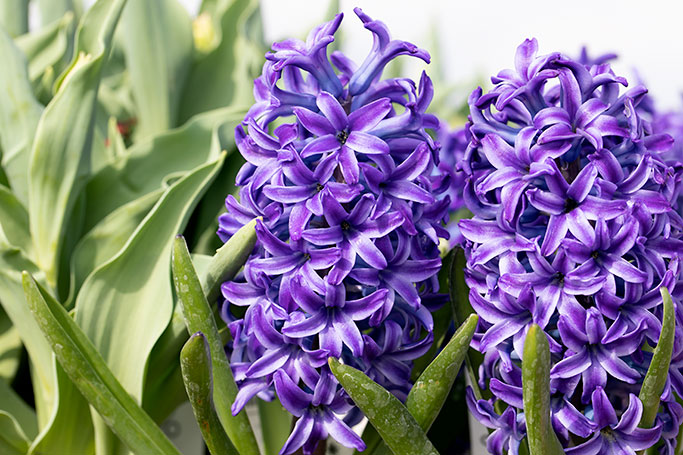
Nothing in horticulture elicits more anticipation than bulbs. As so many aspects of our life have sped up (I blame online shopping), nature continues to keep her own time. And, for me, there’s something reassuring in having to patiently wait for an investment into the landscape. I’m sure for you, as landscape professionals, bulbs can be a hard sell in a “Want-It-Now” culture.
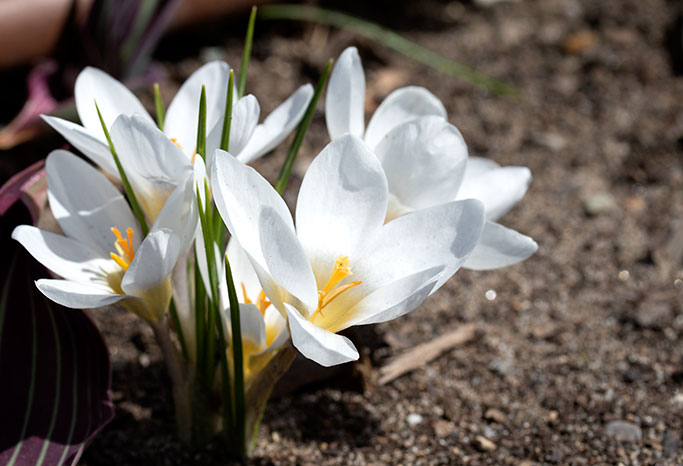
But the reward of early spring blooms in multiple colors and forms is something that everyone loves. This time of year, it’s important to communicate with your customers about the benefits of planting spring bulbs now.
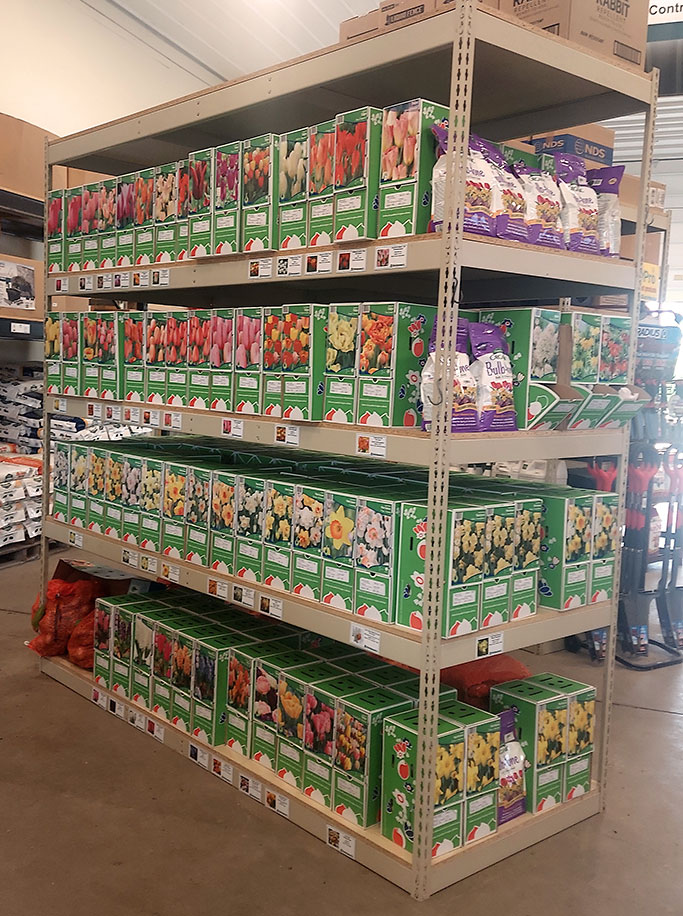
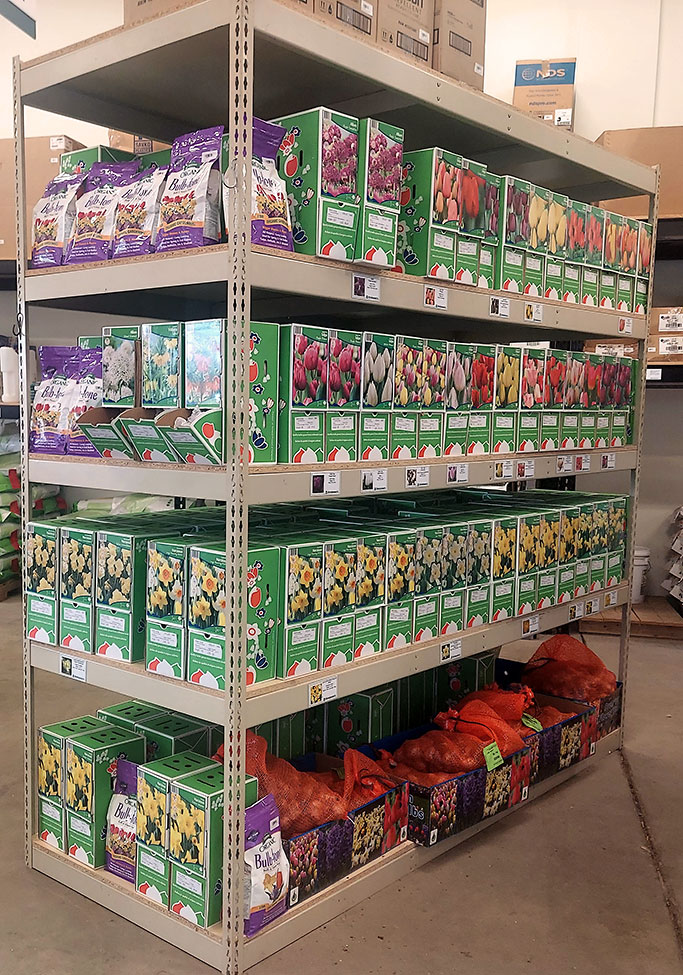
Come in and see the many options we offer. Take pictures to share with your customers. I love our “wall of bulbs”. It’s a wonderful way to see and choose your favorites. This beautiful and tempting full rack of color is the reason I purchased way more bulbs than I can plant by myself. Fortunately, I have a ready supply of labor because my son has become very excited about planting. Of course, once we plant our tulips, daffodils and allium, I’m sure he’ll be in anguish for spring.

